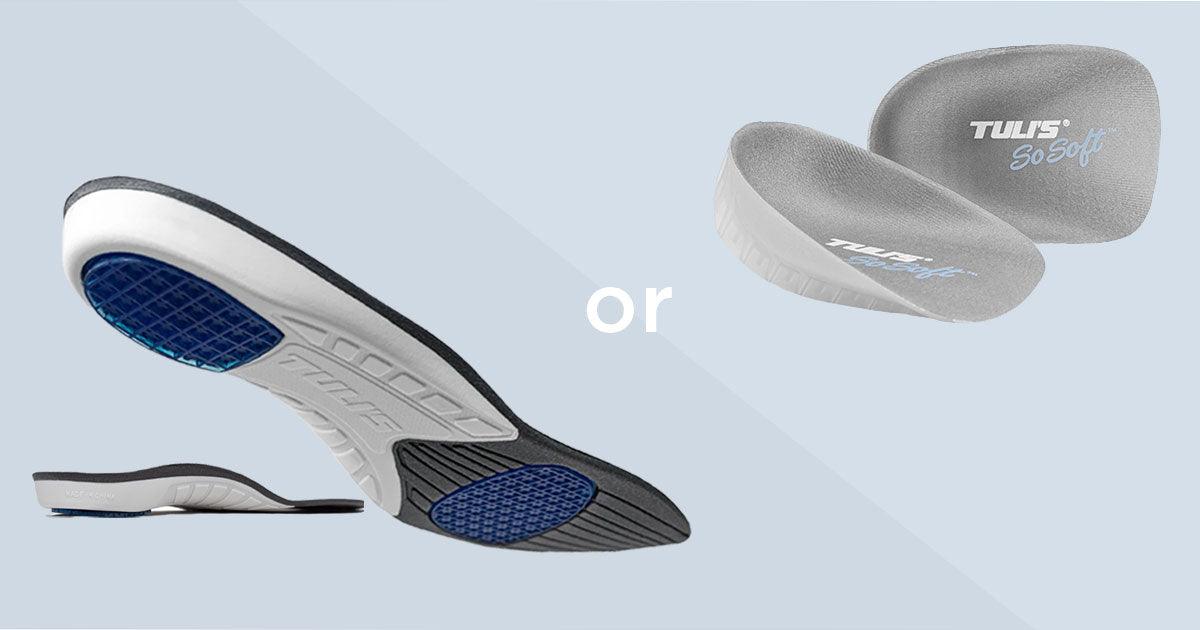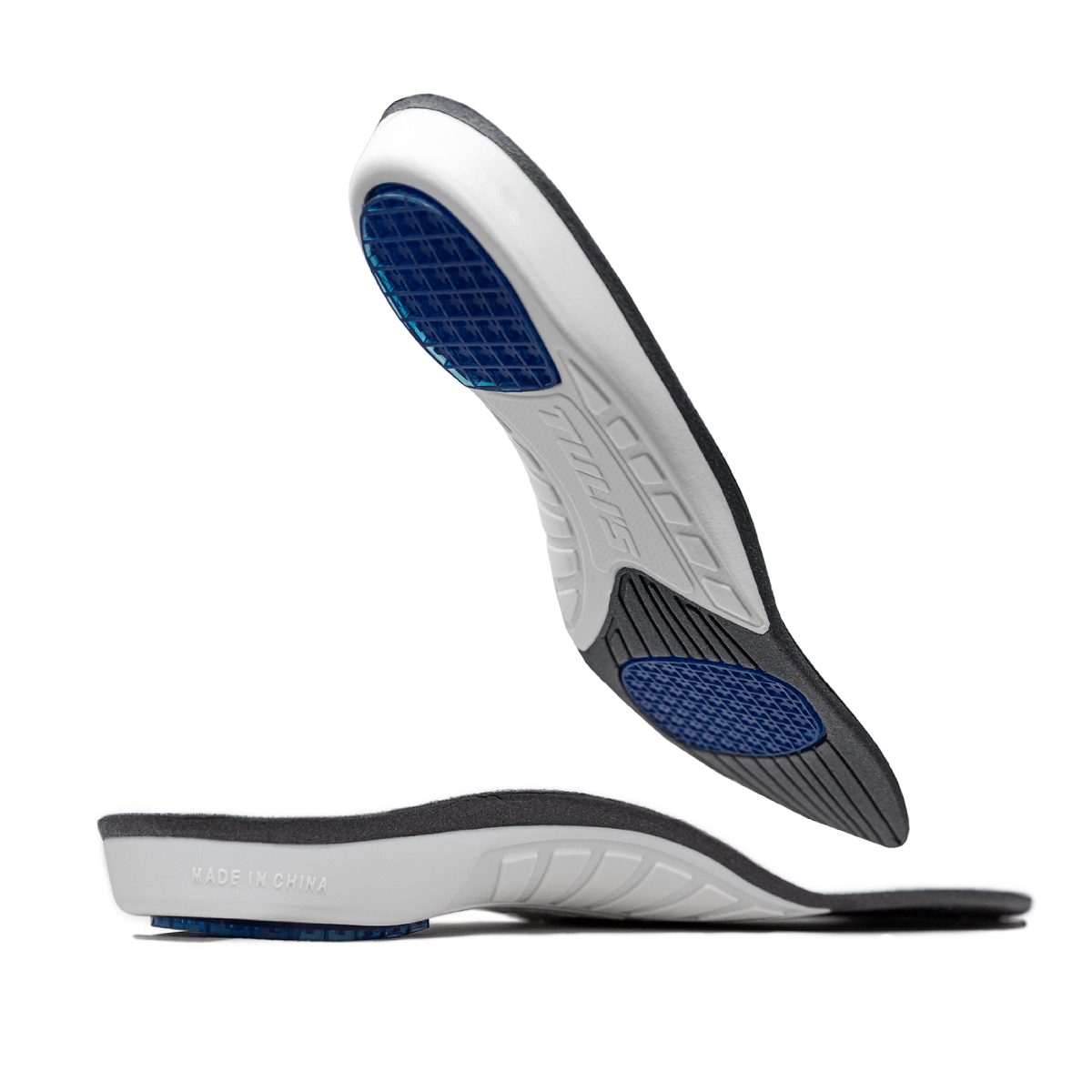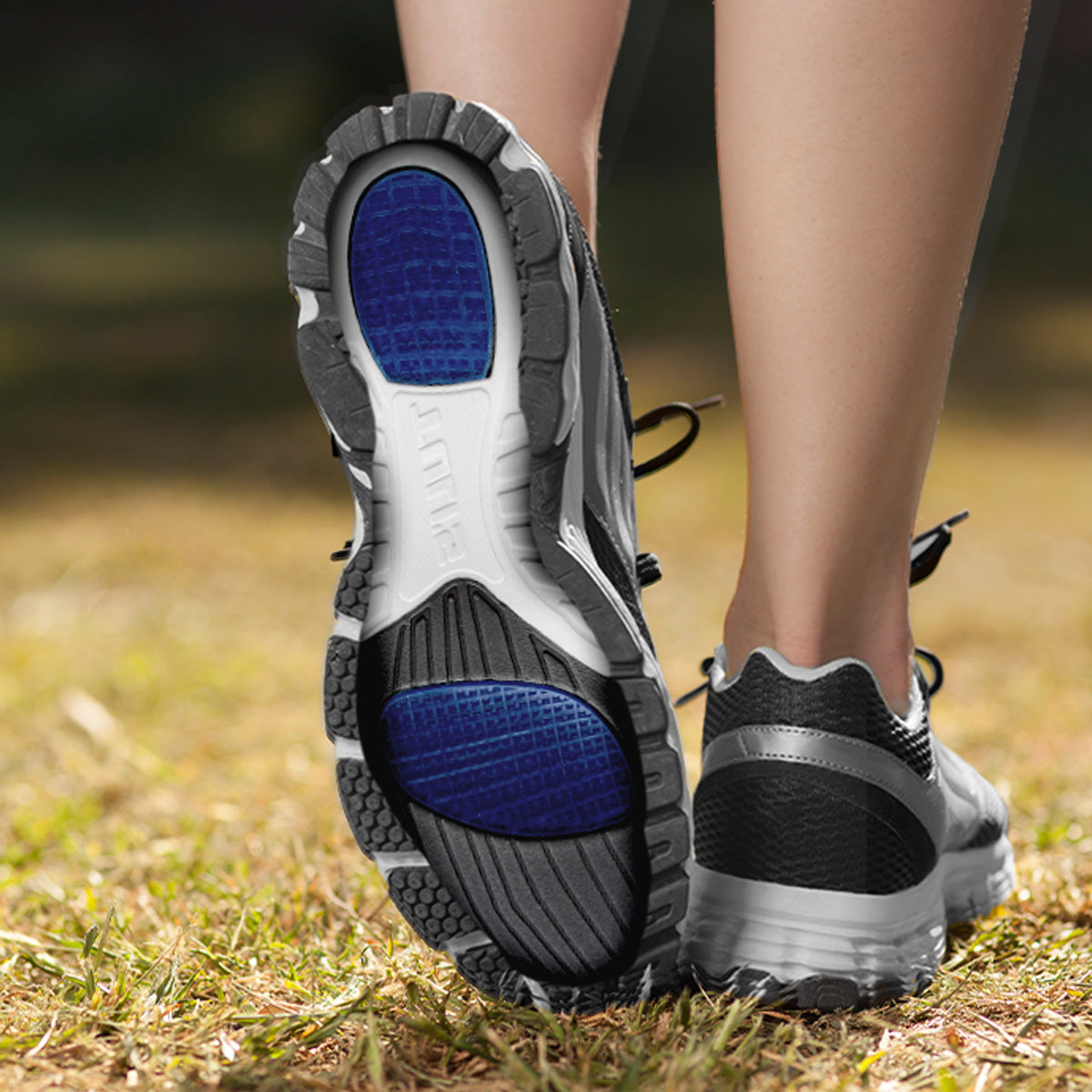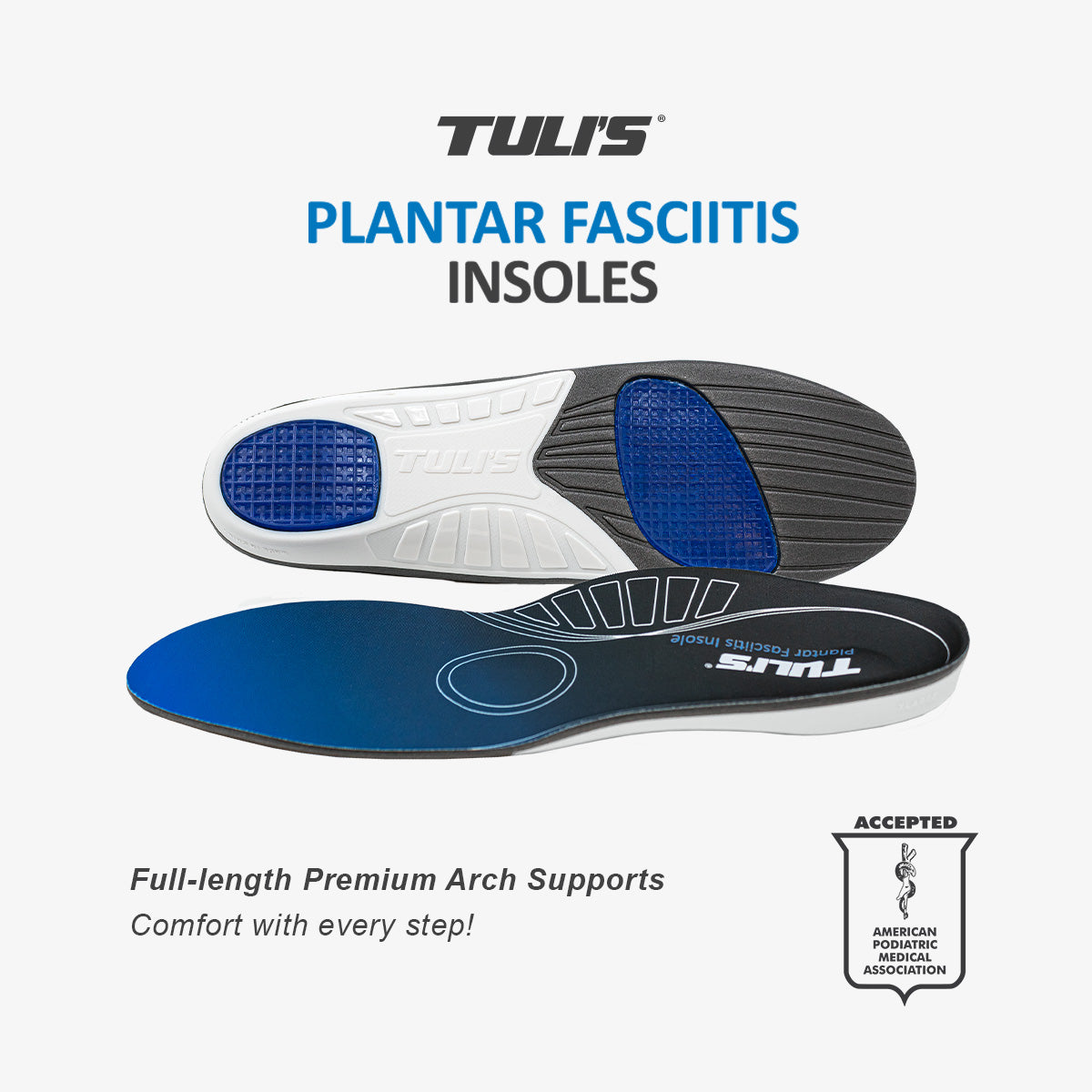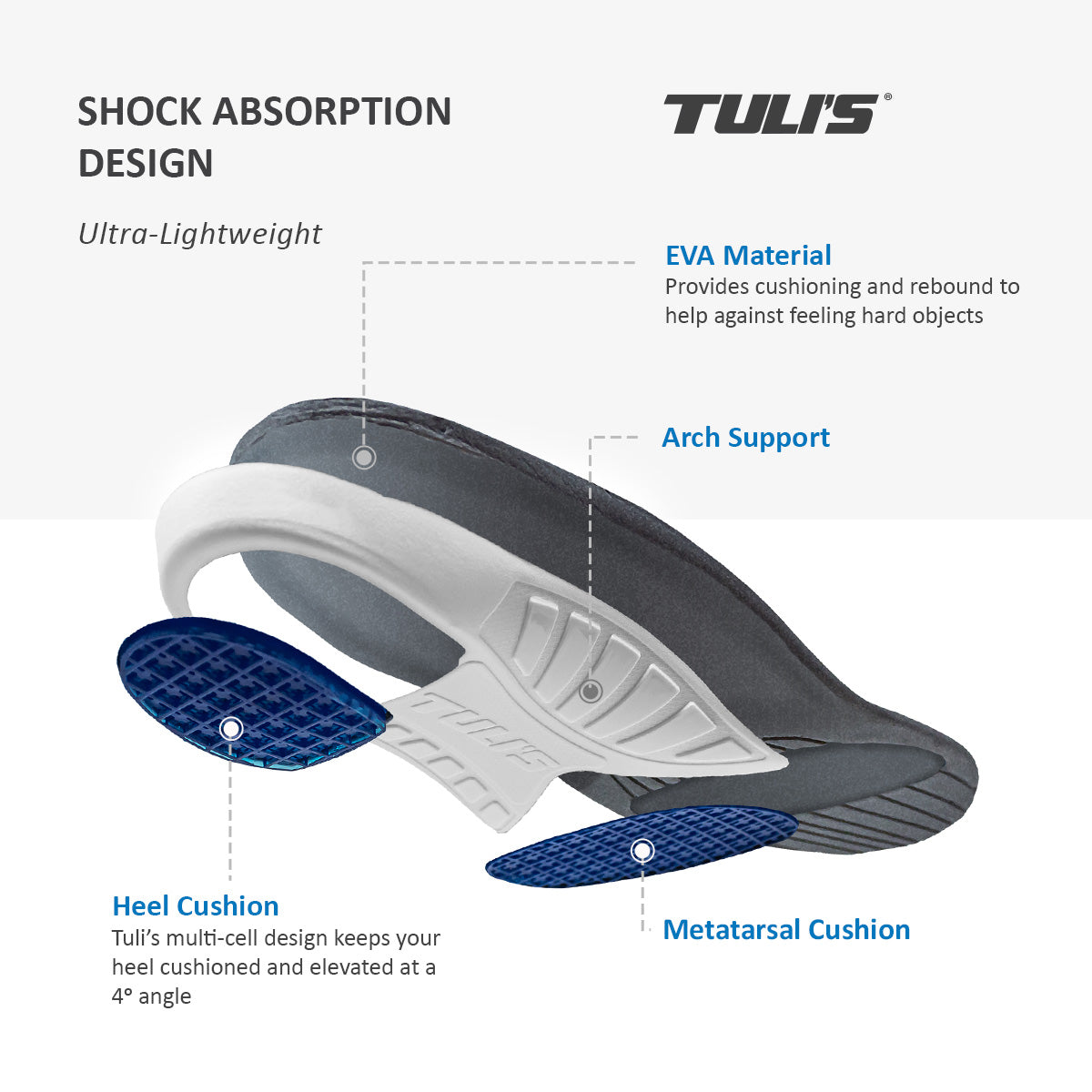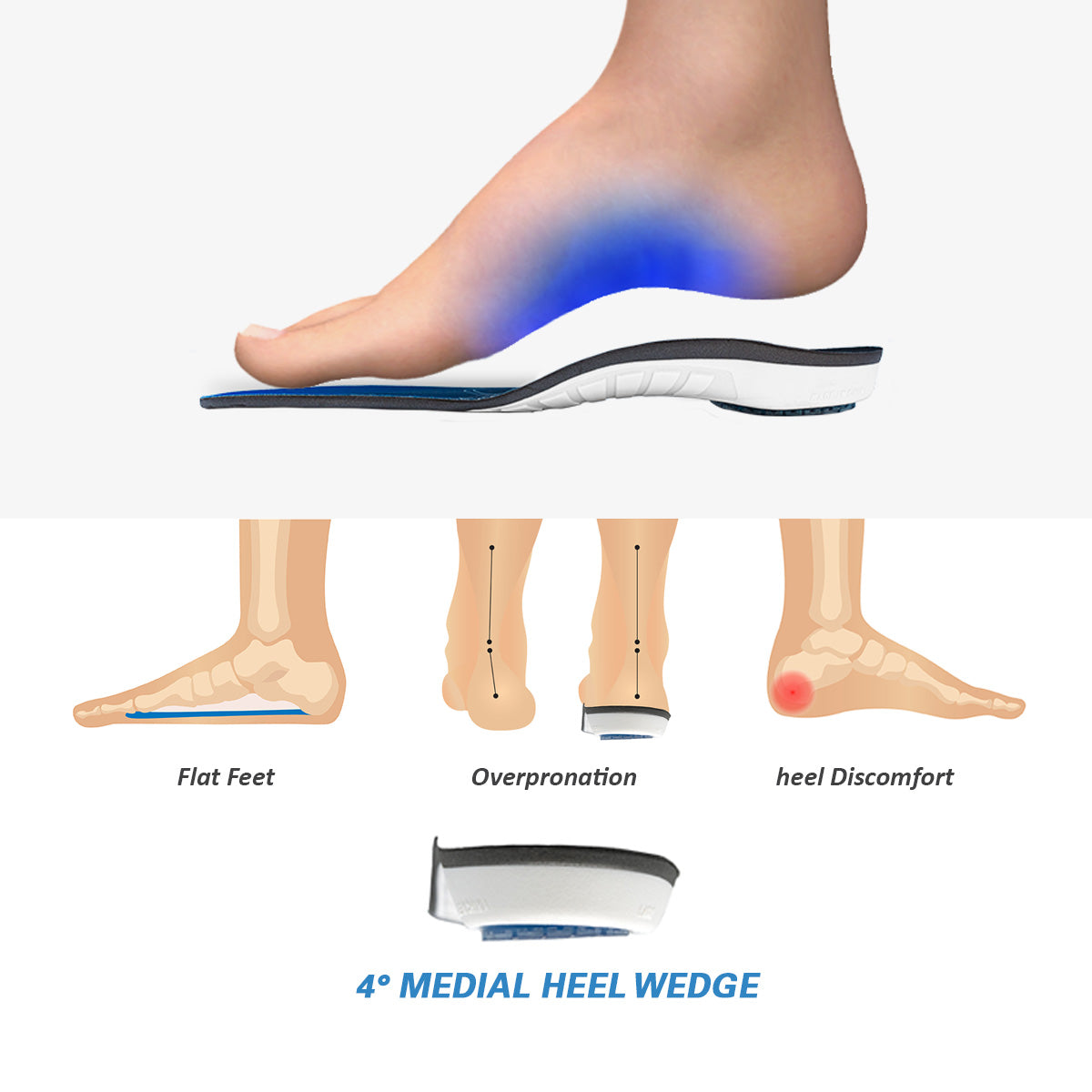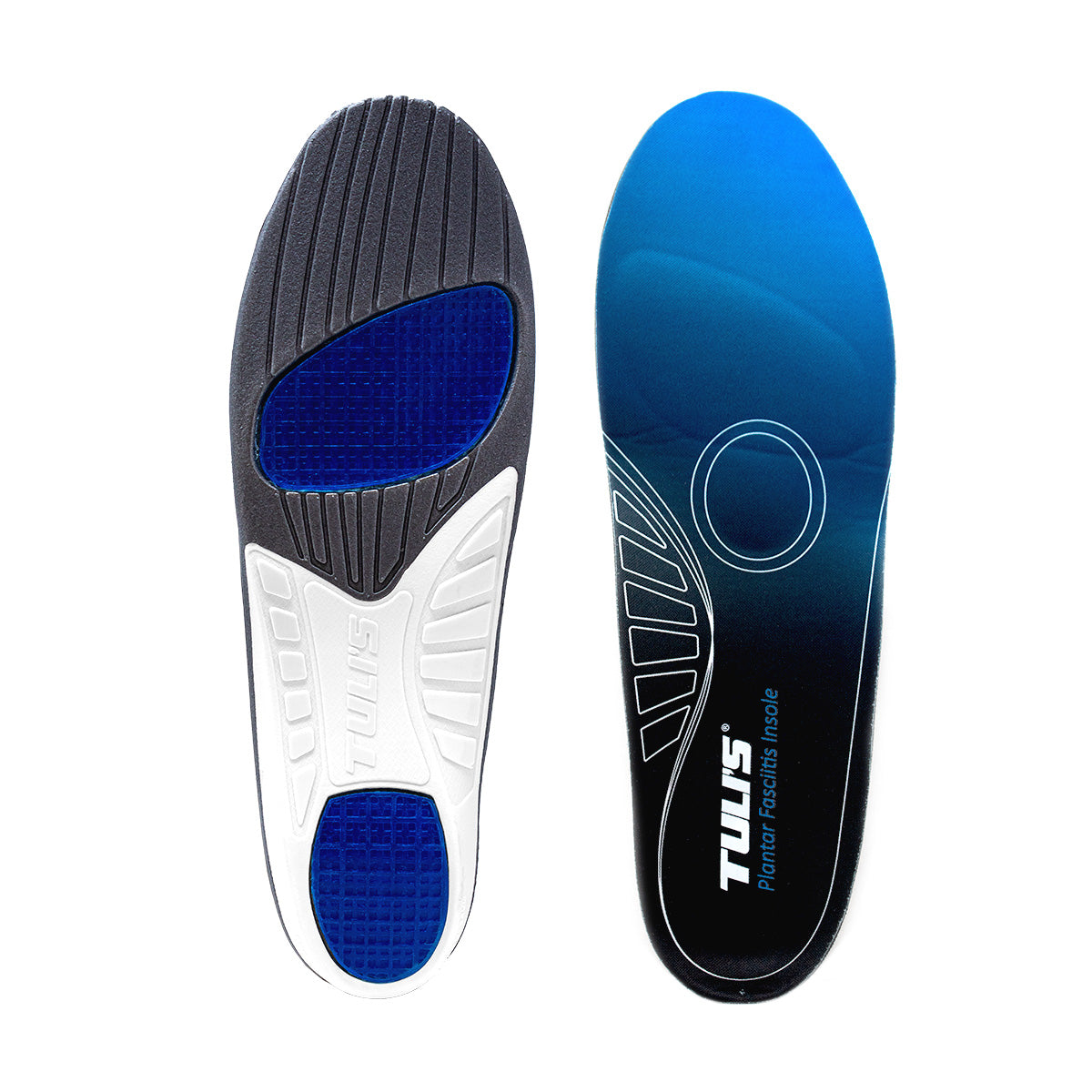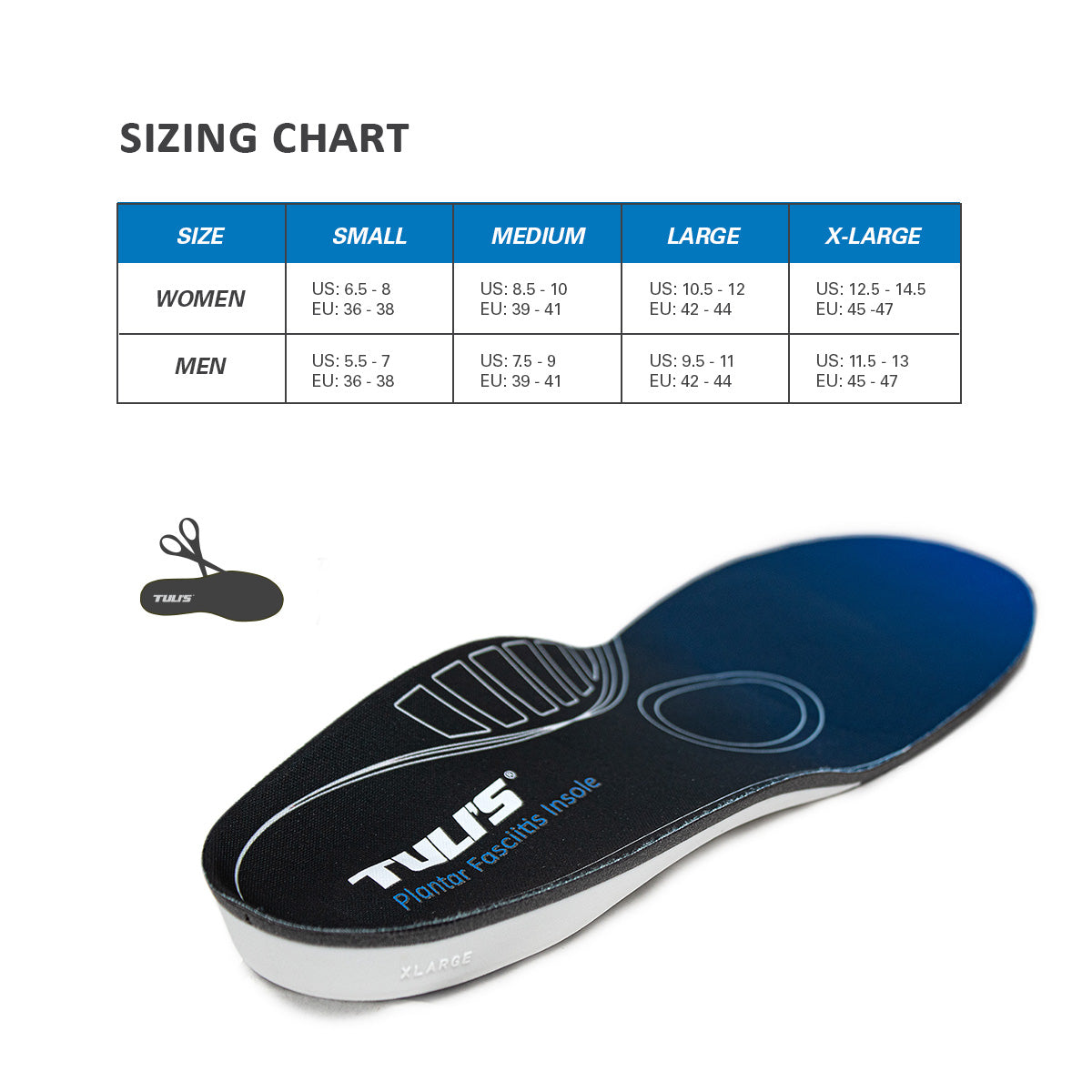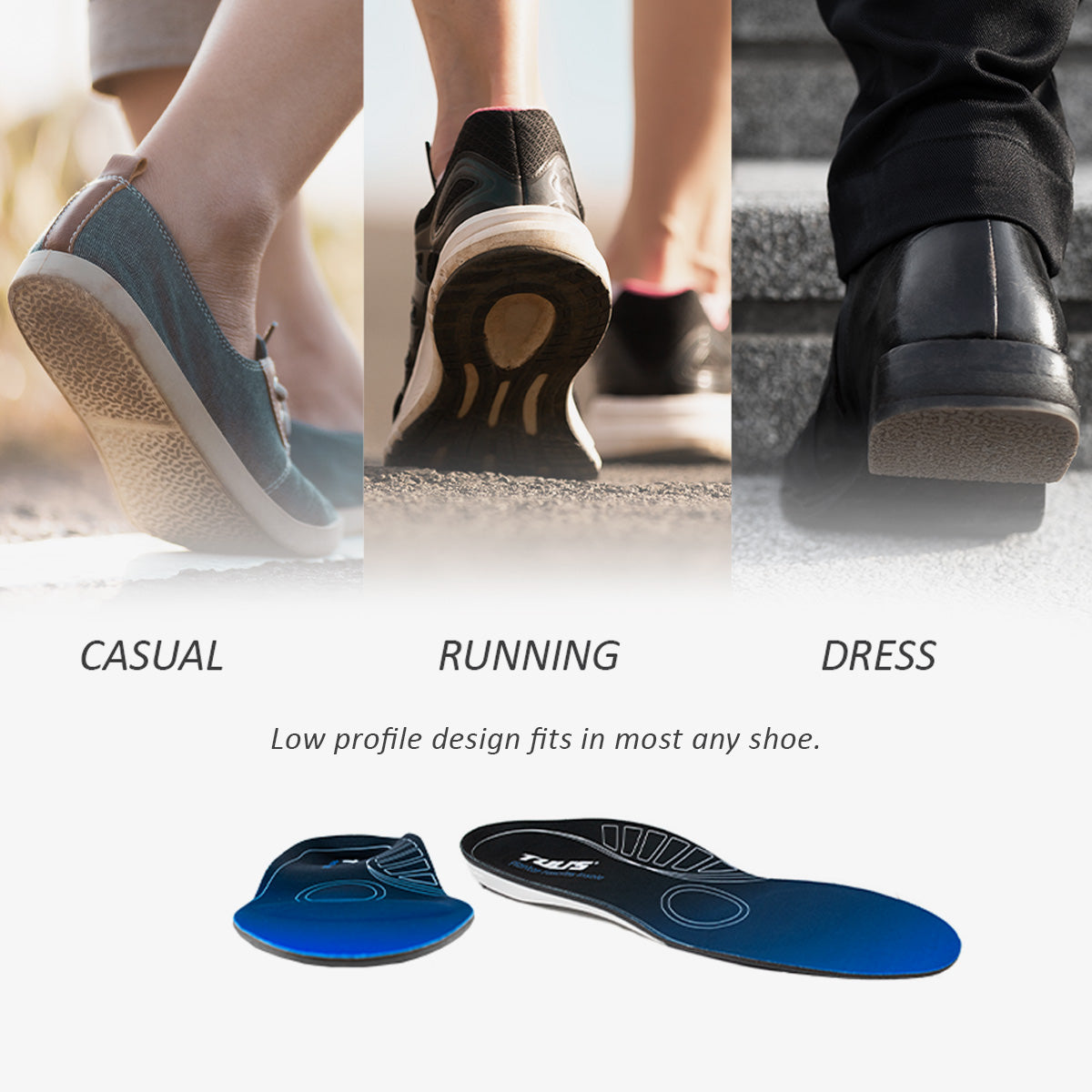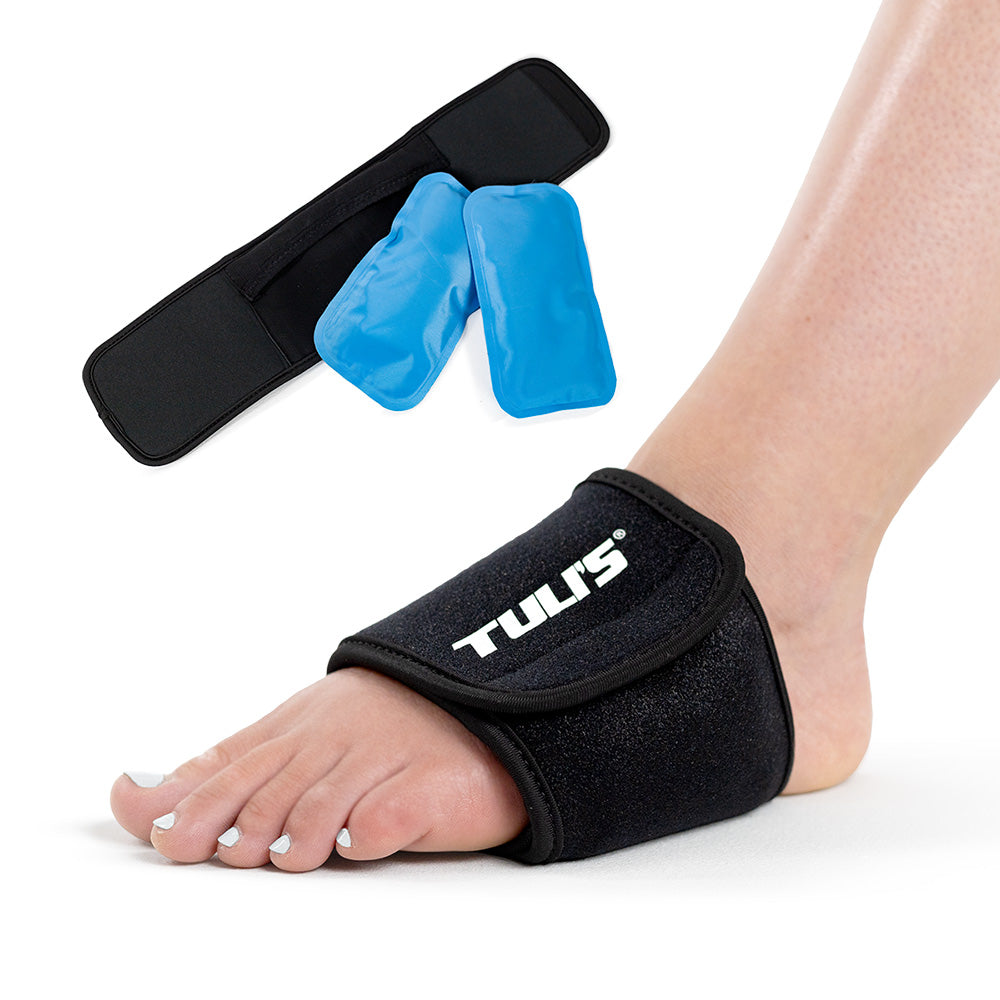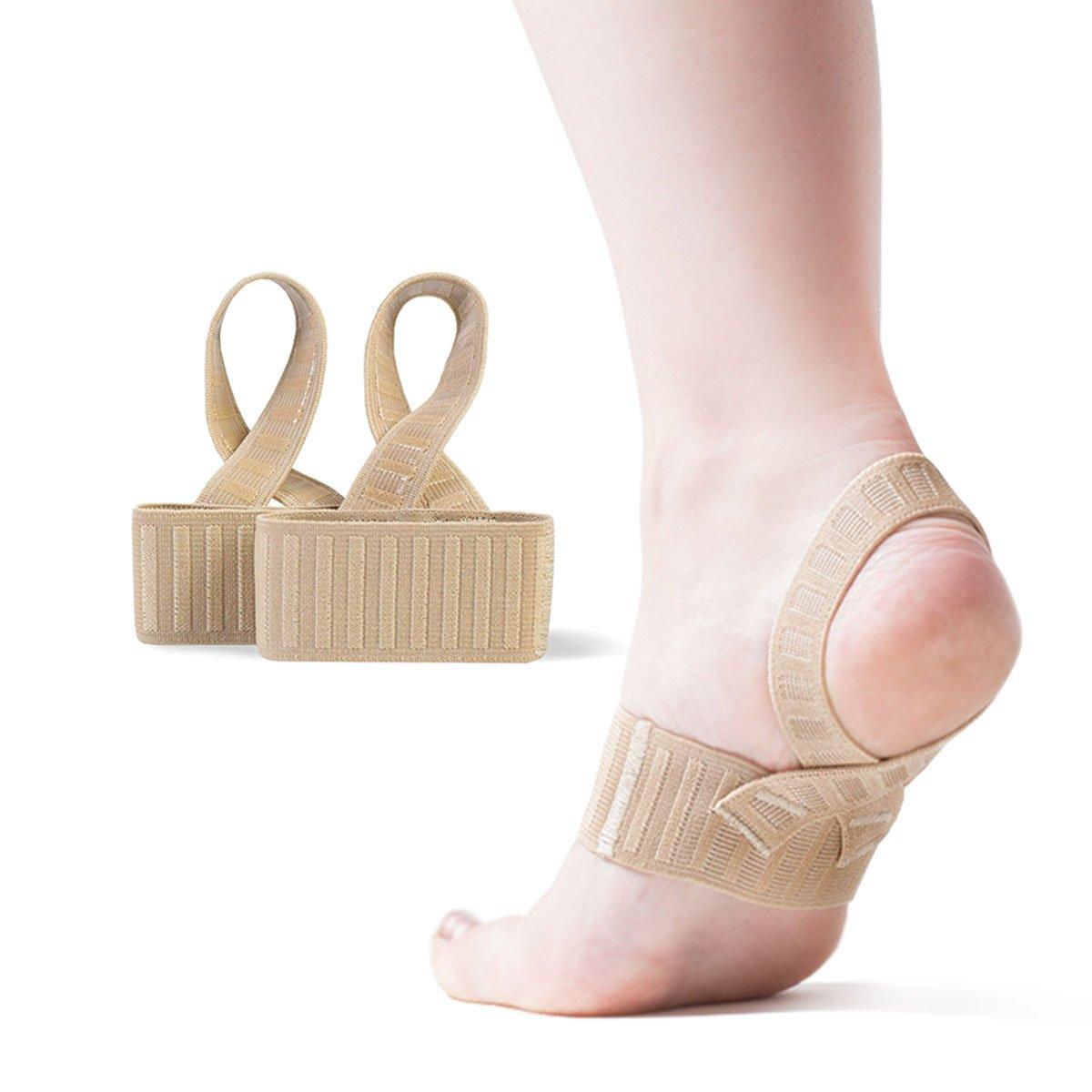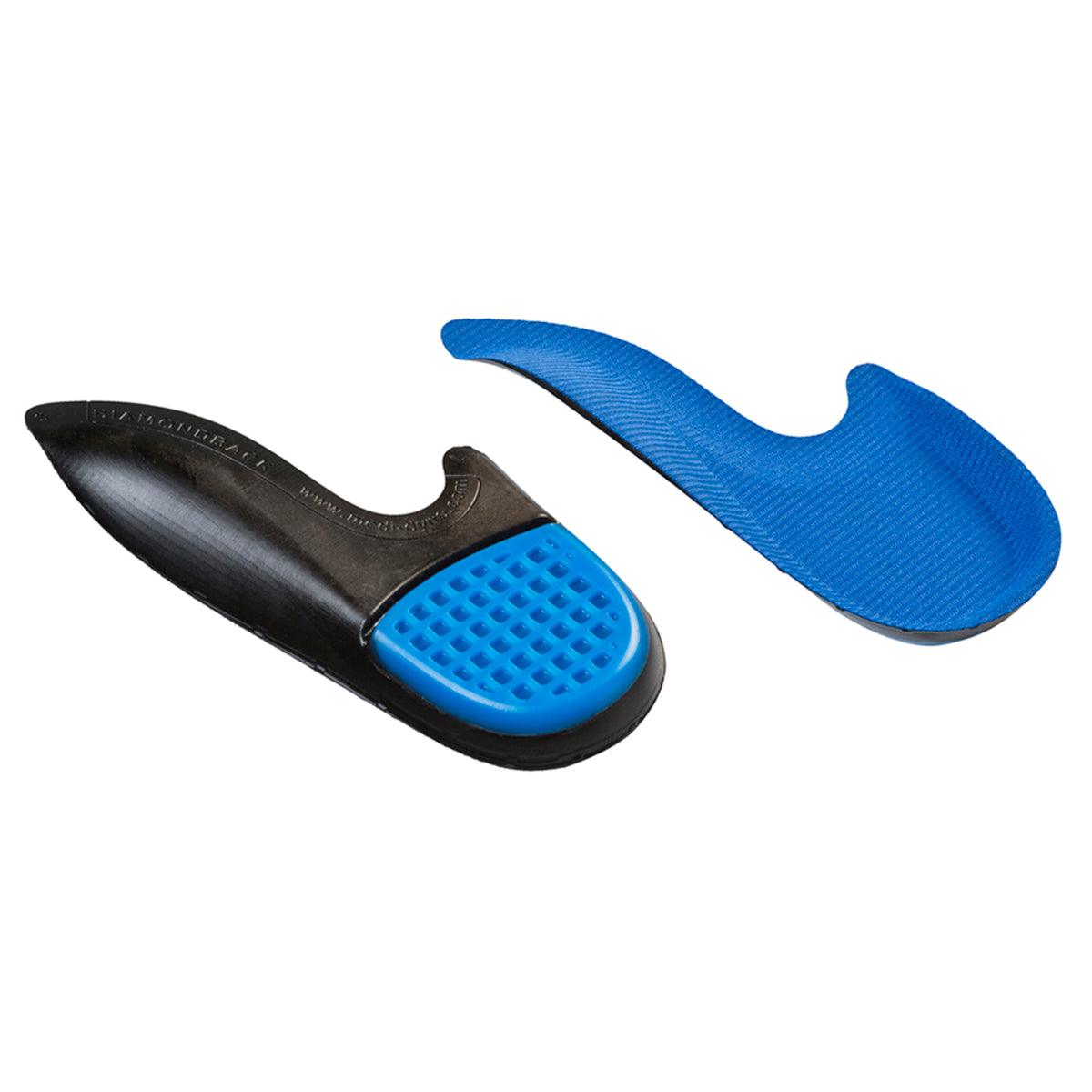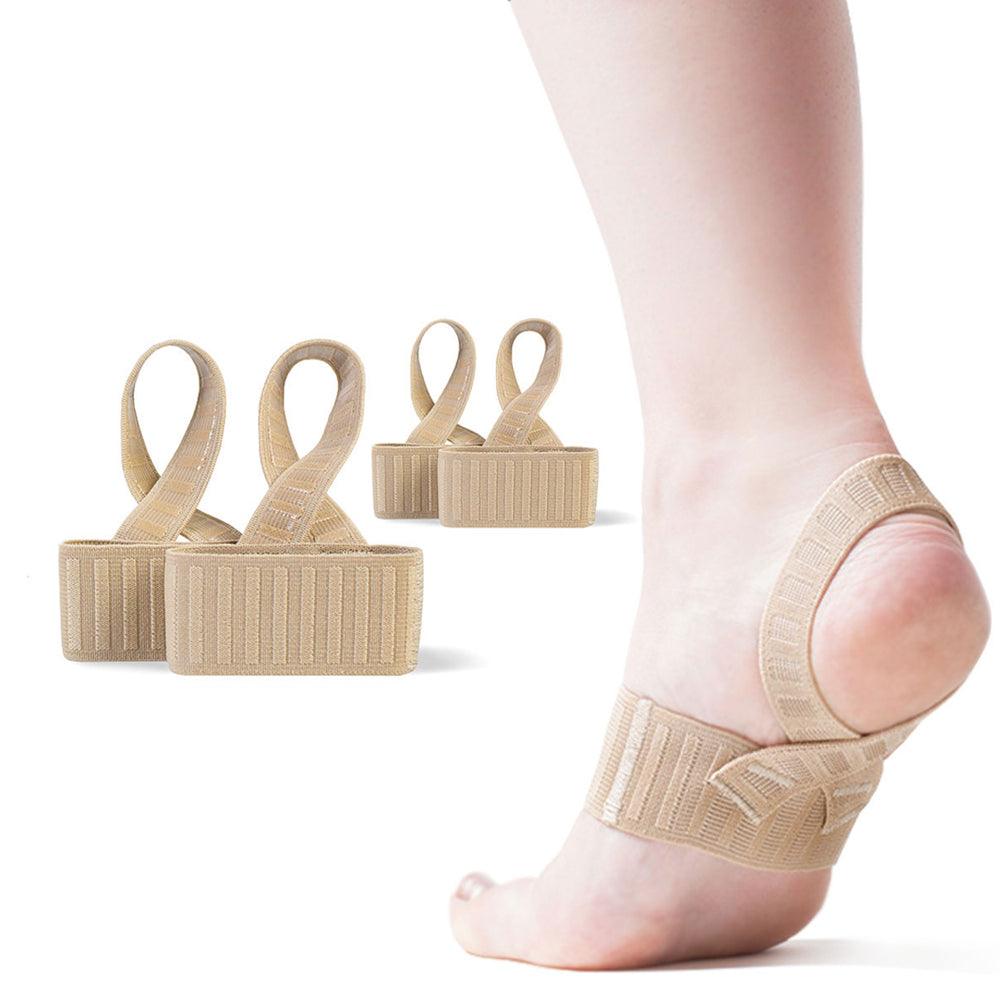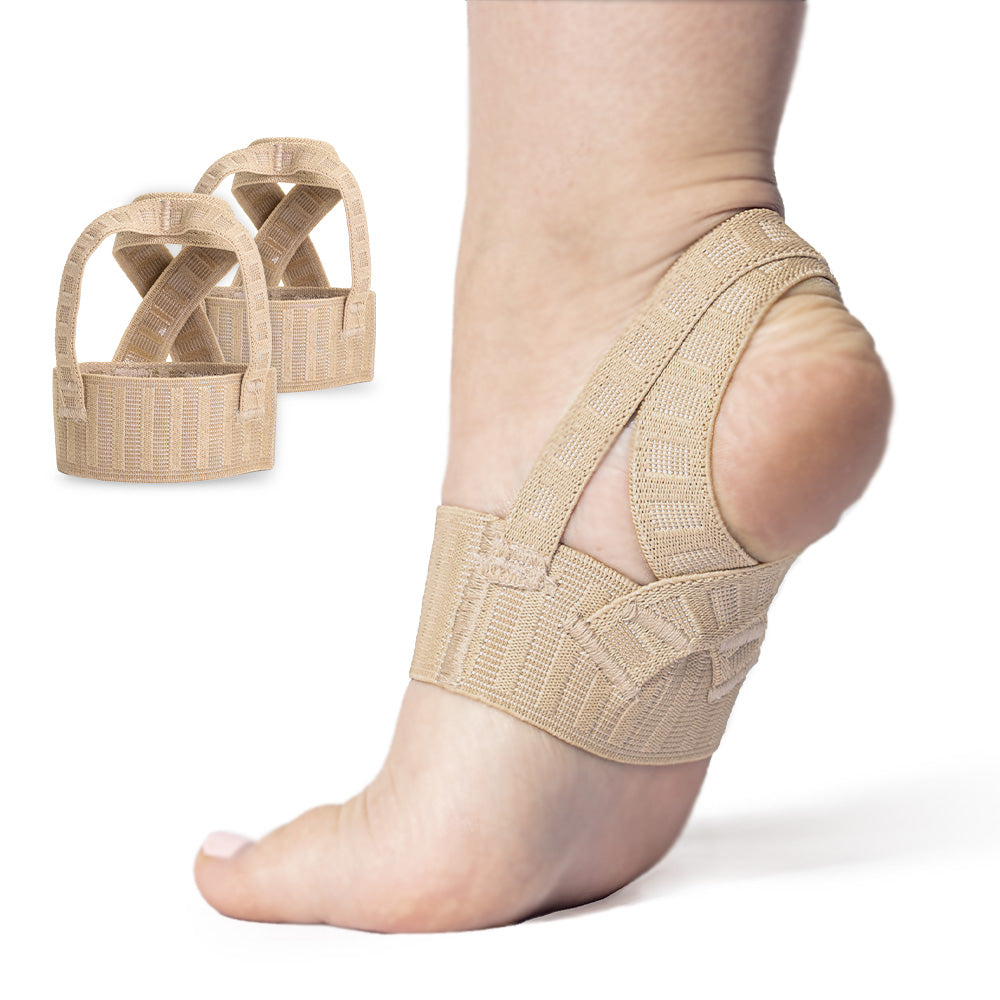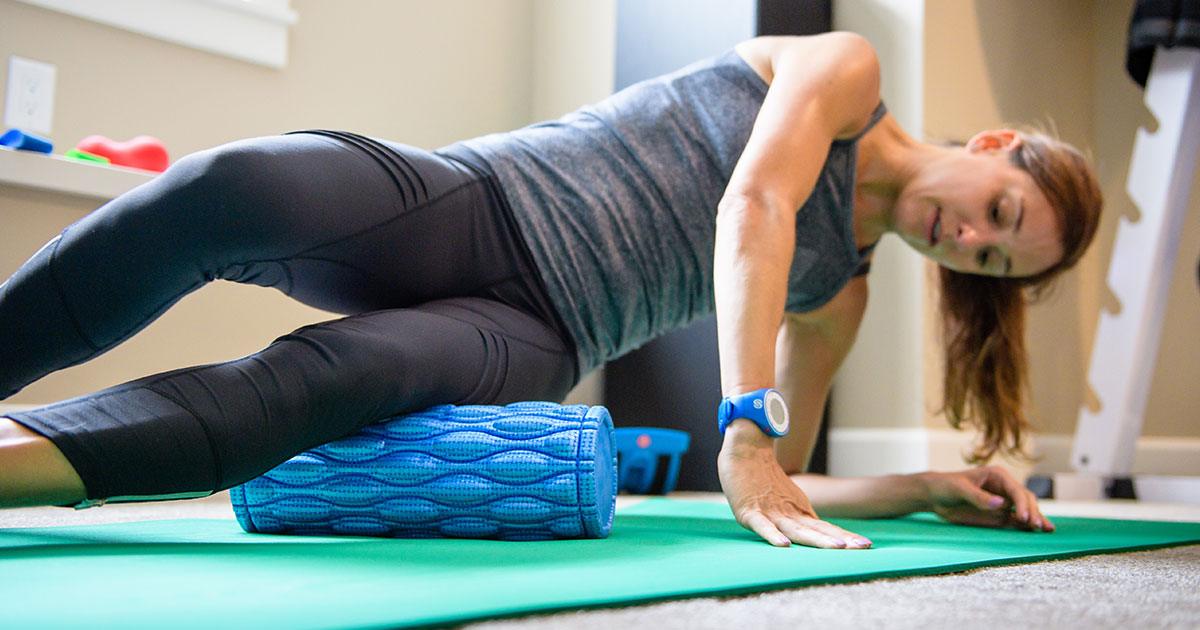When to Replace Your Insoles
Do your feet ache after a long day on your feet? Do you experience persistent pain in your feet, back, or knees? Have you recently bought new shoes that aren’t as comfortable as you’d hoped? If you answered yes to any of these questions, replacement insoles might be the answer.
Shoe insoles are a vital part of your footwear. They provide extra support and comfort while alleviating painful symptoms of foot-related conditions. But insoles don’t last forever, and they begin to lose support and effectiveness as they break down. Wearing shoe insoles that have worn out can cause pain and long-term tissue damage.
If you’re wondering how often you should replace your insoles, the answer depends on your day-to-day activities, the type of support you need, and whether or not your insoles have already begun to break down.
- What Are Insoles?
- The Best Reasons to Buy New Insoles
- How Often Should You Replace Your Insoles?
- 4 Signs That You Need Replacement Insoles
- What to Look for in Replacement Insoles
- The Bottom Line
What Are Insoles?
Shoe insoles are padded material that goes on the inside of your shoe to provide better support and comfort. Insoles can also help you achieve a better fit with your shoes by filling the empty spaces between the inside of your shoes and your feet. This is a great benefit, as ill-fitting shoes increase your risk of injury, blisters, calluses, and other foot-related conditions.
The Best Reasons to Buy New Insoles
Replace your shoe insoles periodically, even if your shoes do not yet need replacing. The best reasons to buy new insoles include:
- Pain Relief: Pain relief is one of the most common reasons to buy replacement insoles. Insoles provide support and relieve pain brought on by several foot conditions, including arch pain, gout, shin splints, back pain, and more.
- Support: The support that the right insoles provide keeps you on your feet throughout the day. They reduce your risk of injury and reduce the risk of foot-related conditions or prevent those conditions from worsening.
How Often Should You Replace Your Insoles?
If you’re wondering, “How often should I replace my insoles?” then it’s essential to begin by reviewing your day-to-day activity levels. Shoe insoles generally last between six and twelve months. However, factors that could mean a sooner shoe insole replacement include:
- The quality of your insole
- High levels of daily activity
- High impact sports
- Frequent use
4 Signs That You Need Replacement Insoles
Are you wondering if it’s time to order replacement insoles? Here are four signs that you should get a shoe insole replacement.
1. Discoloration
Discoloration can be one of the first signs of worn-out insoles. If the color of your shoe insoles has changed, the logo has worn off, or you can see a visible mark from your foot on the insoles, it’s time for a replacement.
2. Visible Damage
Visible signs of wear, tear, and damage on your insoles is a sure sign that you need to order a shoe insole replacement. Insoles that are ripped, cracked, torn, or breaking apart will no longer provide the support you need.
3. Compression
Shoe insoles provide support. When the insoles become compressed after extended use and no longer retain their original shape or density, it’s time to replace your insoles. However, compression is the most gradual sign that your insoles are worn out. You will likely notice other signs before your insoles become compressed.
4. Unpleasant Odor
If you live an active lifestyle or participate in high-impact sports, your feet are bound to sweat. However, if your insoles smell unpleasant long after you take off your shoe, this could be a sign that the insole has collected and trapped moisture within. Unpleasant odors can also signify fungus or bacteria, which increase your risk of infection or other foot conditions.
What to Look for in Replacement Insoles
If you’re ready for replacement insoles, here are some tips that will help you choose the correct insole for you.
- Insole Size: Before ordering replacement insoles, be sure to know your foot and shoe size. Most insoles will feature a range of shoe sizes, and getting the right size is critical in obtaining the right fit.
- Arch Type: Know your arch type. Does your foot have a normal arch? Are you flat-footed? Does your foot have a high arch? Different replacement insoles will support these various arch types.
- Materials: When reviewing insoles, check out the materials of the insoles. Many materials – including foam, gel, and wool – make up insoles. Each type of material has its own advantages. For example, gel shoe insoles provide fantastic cushioning and are great for shock absorption.
- Activity Levels: Your level of activity will likely influence your choices for replacement insoles. If you have a high level of activity, look for insoles designed for high-impact activities. Picking the proper soles for your activity level will increase their support and longevity.
The Bottom Line
Shoe insoles provide support, help prevent injuries, alleviate pain, and help prevent the onset or worsening of various food conditions. Now that you know how often you should replace your insoles, you’re well on your way to ordering the best replacement options to fit your foot and lifestyle.
Need replacement insoles? Find the right insoles for you, or contact us with any questions you may have.
PLEASE NOTE: The information on this website and article is for information only and should not be used as a substitute for consulting your doctor. Consult your doctor for proper diagnosis and rehabilitation.







